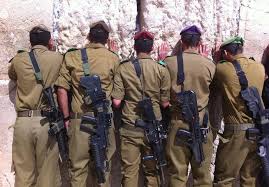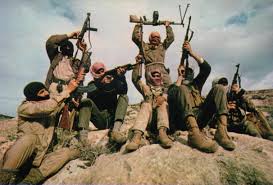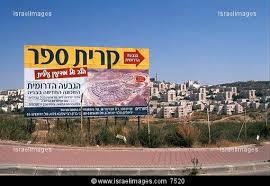Israel Diary

July 24
Sarah, an Ethiopian mom, and Shimon, her youngest son, are driving with me to Petach Tikva. Sarah is pretty religious as far as the Ethiopian women are concerned. She even covers her hair. But her children, influenced by the street and disturbed by their father’s abusive behavior, have left religious observance, one by one. Shimon, an eighth grader, has one foot out the door. He wants to leave his Bnei Akiva middle school – he has been playing hooky for a few weeks already – and go to a secular school.
We arrived at the AMIT dormitory school in Petach Tikva, a religious, coed school set in a beautifully landscaped garden enclosed with walls – a village in itself. There are many counselors, and most of the youth come from troubled or disadvantaged homes. This is Sarah’s last hope for her son to remain religious. A school any more religious would be totally unacceptable to her son. He seemed positive about the place, for now.
While the kid is taking some tests, the siren goes off. People stream from different buildings towards the central school shelter. Right before I enter, I see the exhaust trail of a Gazan missile overhead. Suddenly, a second exhaust trail going almost vertically intercepts the missile. The two trails suddenly spiral downwards. Two minutes later – a BOOM. We go into the shelter and wait; ten minutes later, we are told it is okay to leave. The missile remnants landed nearby, in Rosh Ha’ayin.










